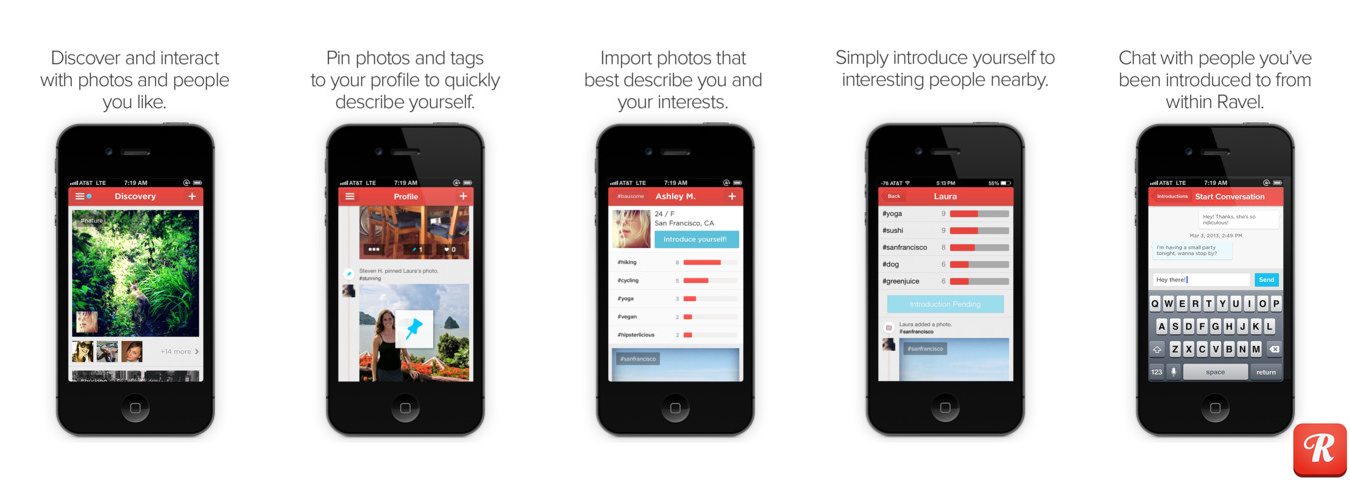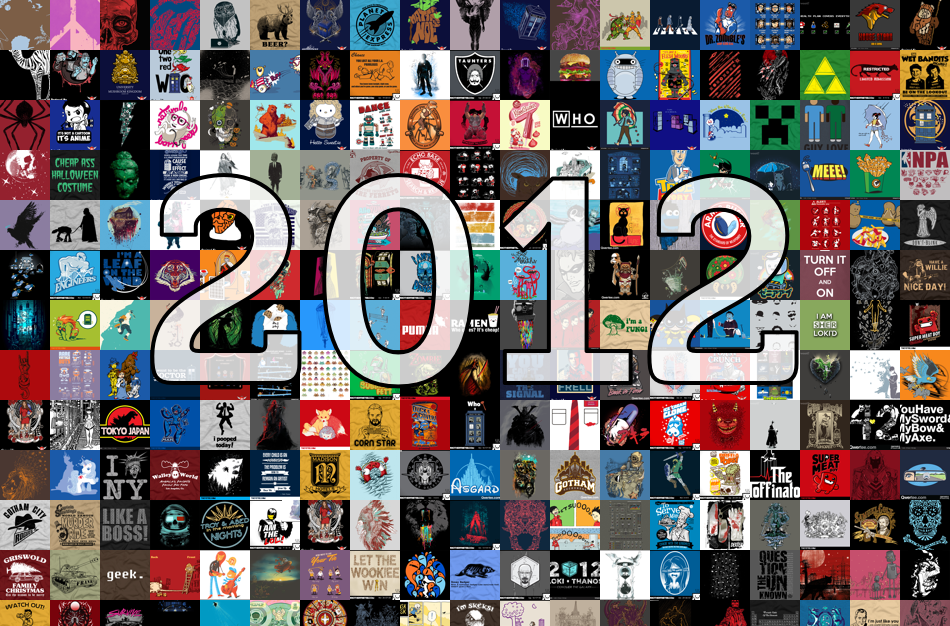Hating is Lazy
From the introduction to “The Art of Focused Conversation”. There is a number of these kinds of arguments.
In Parallel Thinking, Edward de Bono says that Western culture has always esteemed critical thinking too highly. Teachers are always getting students to “react” critically to something put in front of them. The easiest kind of critical comment is a negative one. In a meeting or conversation, any person who wants to be involved or noticed has to say something. The easiest form of contribution is the negative. Criticism is also emotionally attractive and satisfying. When I attack an idea, I am instantly made superior to the idea or the originator of the idea. Criticism is also one of the few ways in which people who are not creative can achieve something and become influential.
Moreover, says de Bono, criticism takes very little effort. All you have to do is to choose a frame of judgement different from someone else’s and you have a free field of fire for your intellectual howitzers. If the conversation is about architecture, and someone is admiring the work of the Bauhaus style and I prefer imitation classical, I can simply point out that the Bauhaus is stark, lacking in grace, and downright boring. If someone is in favor of the whole-word approach to teaching reading, I can point out its lack of emphasis on phonetics. If the conversation ends there (as it usually does), I will never understand my friend’s sense of beauty which leads her to admire the Bauhaus style. I will never hear the teacher’s story of trial and error, as she sought to help children overcome their inner blocks to learning.
That, in brief, is the problem—criticism as the first step in a discussion stops the discussion and is therefore, generally the last step as well. It is an entirely different matter if I hear the other person first, understand what she is trying to do, then talk with her about better ways to do it. De Bono does point out that criticism is a valuable and essential part of thinking, but, of itself, totally inadequate. (de Bono, Parallel Thinking, pp. 27-28.)


